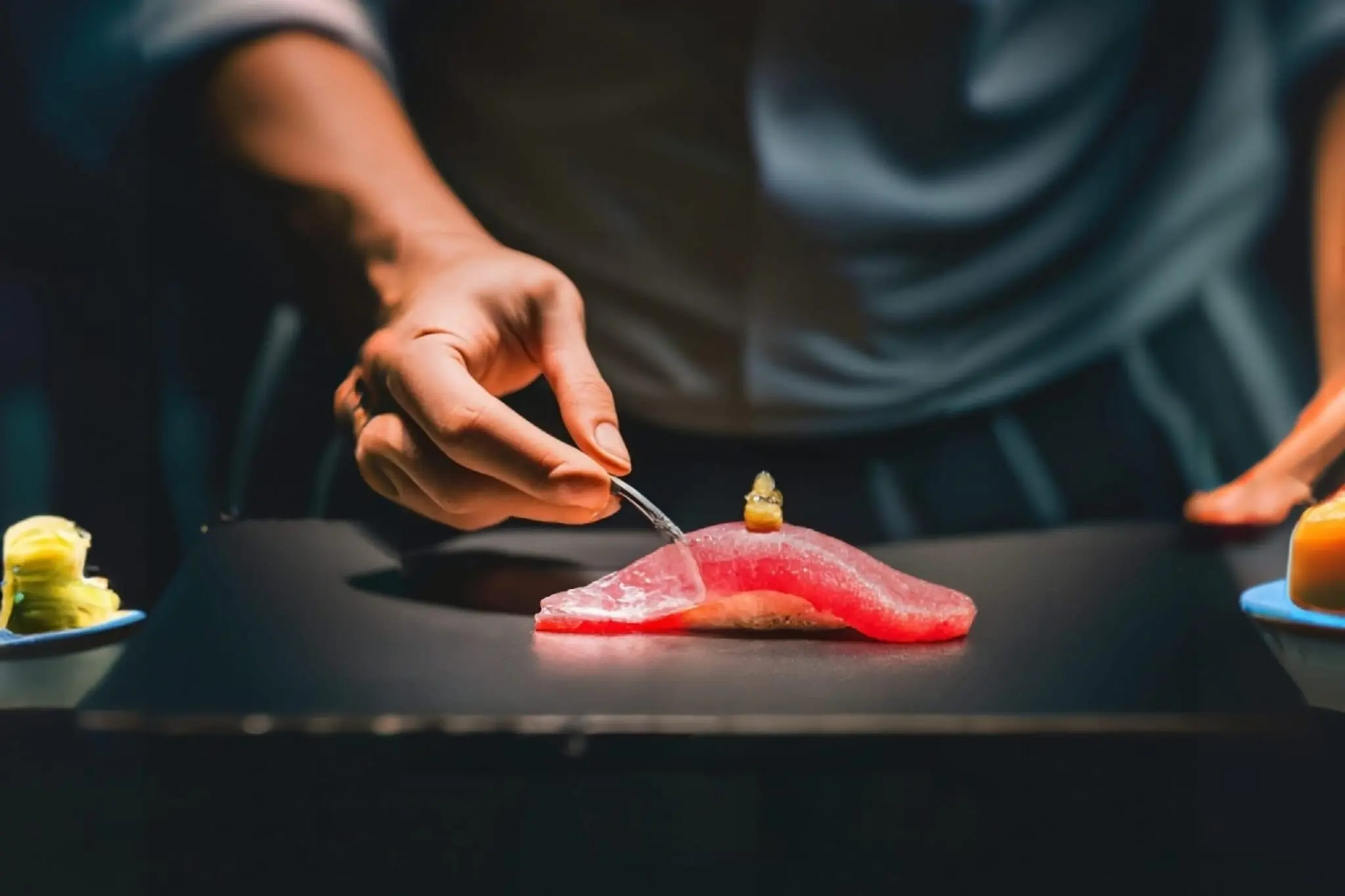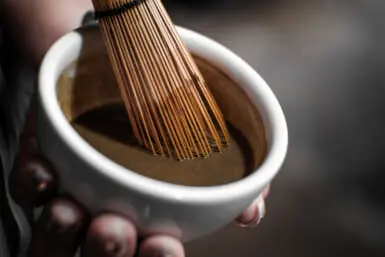One of the biggest tourist attractions in Japan is the country’s culinary traditions, and sushi is by far the most representative cuisine Japan has to offer. Omakase is a meal whose dishes are selected by the chef, and is an amazing way to experience the very best of sushi in Japan, but can be intimidating for guests who are unfamiliar with proper etiquette. Omakase doesn’t have to be intimidating, though – etiquette and manners are a way to communicate with the chef, be considerate of everyone in the restaurant and enhance your dining experience. Read through this guide for everything you need to know to have a smooth and enjoyable omakase experience.
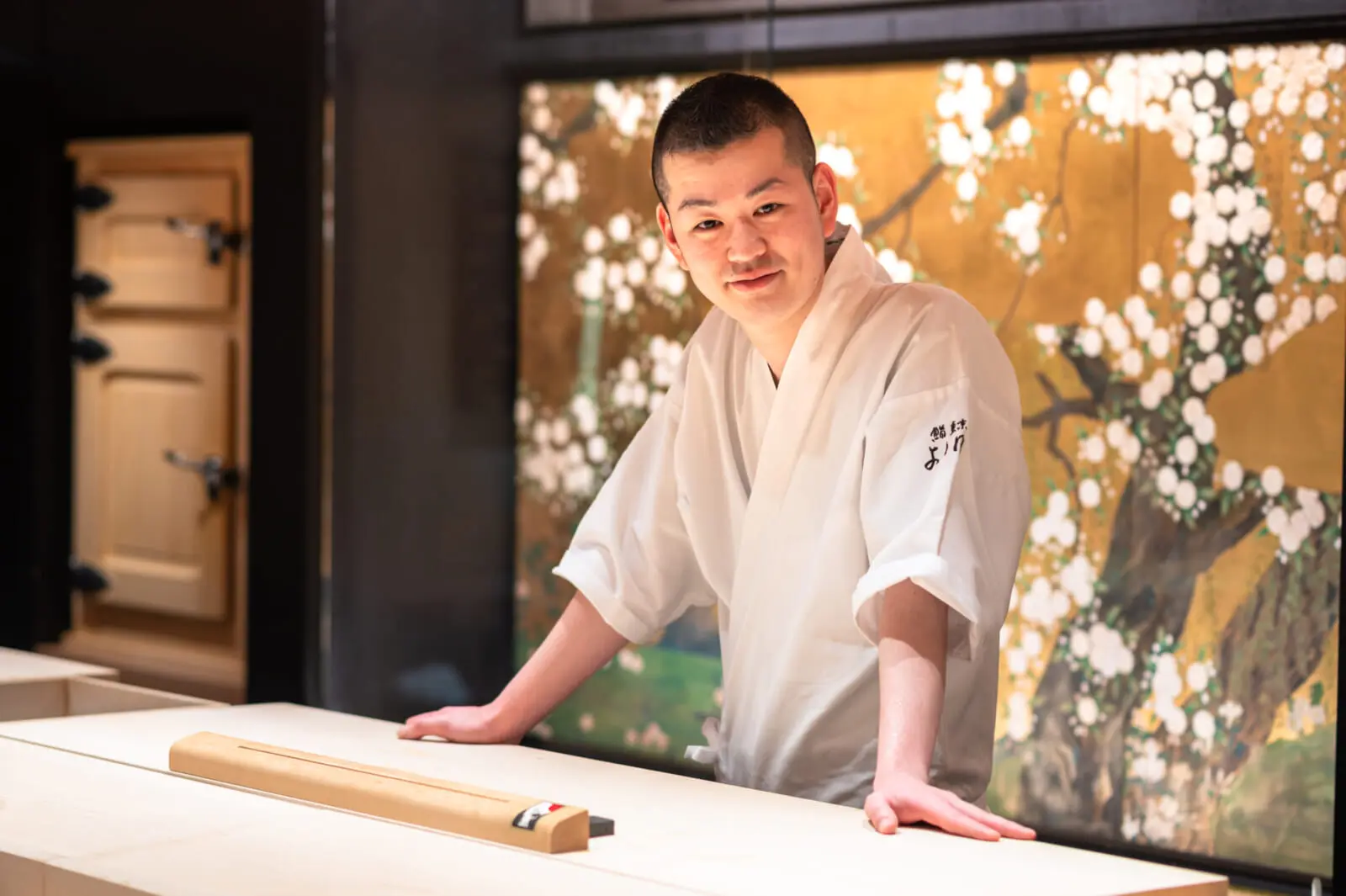
What is Omakase?
The Chef’s Choice: Understanding the Omakase Concept
Omakase literally translates to, “I leave it to you.” By reserving an omakase course, you are asking for the chef to serve their best recommendations for the meal. These recommendations can be based on the day’s catch, seasonal ingredients or simply the chef’s current mood. Part of the charm of omakase is its element of surprise – you may try something new or experience the chef’s personal flair and creativity. As fun as omakase is, if you are a picky eater or have a lot of dietary restrictions, omakase may not be the right choice for you.
Types of Omakase: Sushi, Kaiseki and More
Although the term omakase has grown to be associated with sushi, it can refer to any meal or dish where the chef decides the ingredients and preparation. Kaiseki, or a Japanese meal where series of small dishes are served throughout an elaborate course, is generally an omakase meal. There can also be other traditional restaurants such as tempura that can be served omakase-style. If you want to go to an omakase sushi restaurant, make sure to check that you are making a reservation for a sushi restaurant.
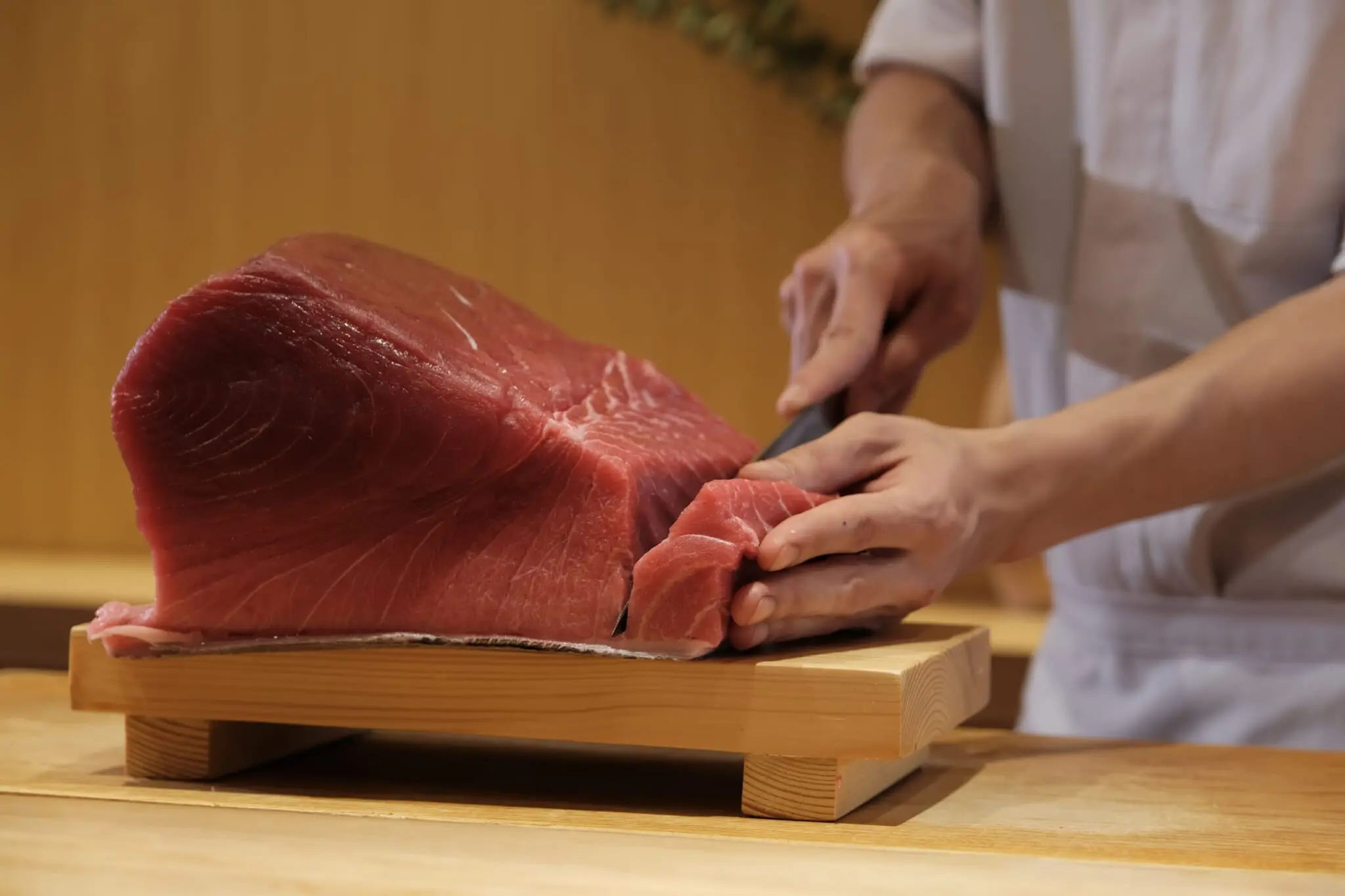
Before You Go
Finding the Right Restaurant: Budget, Style and Reservations
Omakase experiences can vary greatly in terms of cost and atmosphere. Begin by establishing your budget; omakase can range from affordable spots to high-end establishments. Research restaurants in your area or in your travel destination. Look for reviews that mention the chef’s style and the overall vibe. Many popular omakase restaurants require reservations weeks or even months in advance, so be sure to book ahead.
Dress Code: What to Wear to an Omakase Restaurant
Dress codes can vary by restaurant, but a safe rule is to aim for smart casual. For men, a nice shirt and trousers or clean jeans can work well. Women might opt for a stylish blouse with tailored pants or a dress. Avoid overly casual attire, like gym clothes or flip-flops, as these can detract from the experience. Dressing appropriately shows respect for the establishment and enhances your enjoyment of the meal.
Communicating with the Chef: Allergies and Dietary Restrictions
Before the meal begins, it’s crucial to communicate any allergies or dietary restrictions. A good chef will want to accommodate your needs without compromising the integrity of the dishes. Be clear and concise, and if you’re unsure about certain ingredients, ask for clarification. This conversation not only ensures your safety but also fosters a connection with the chef, enriching your experience.
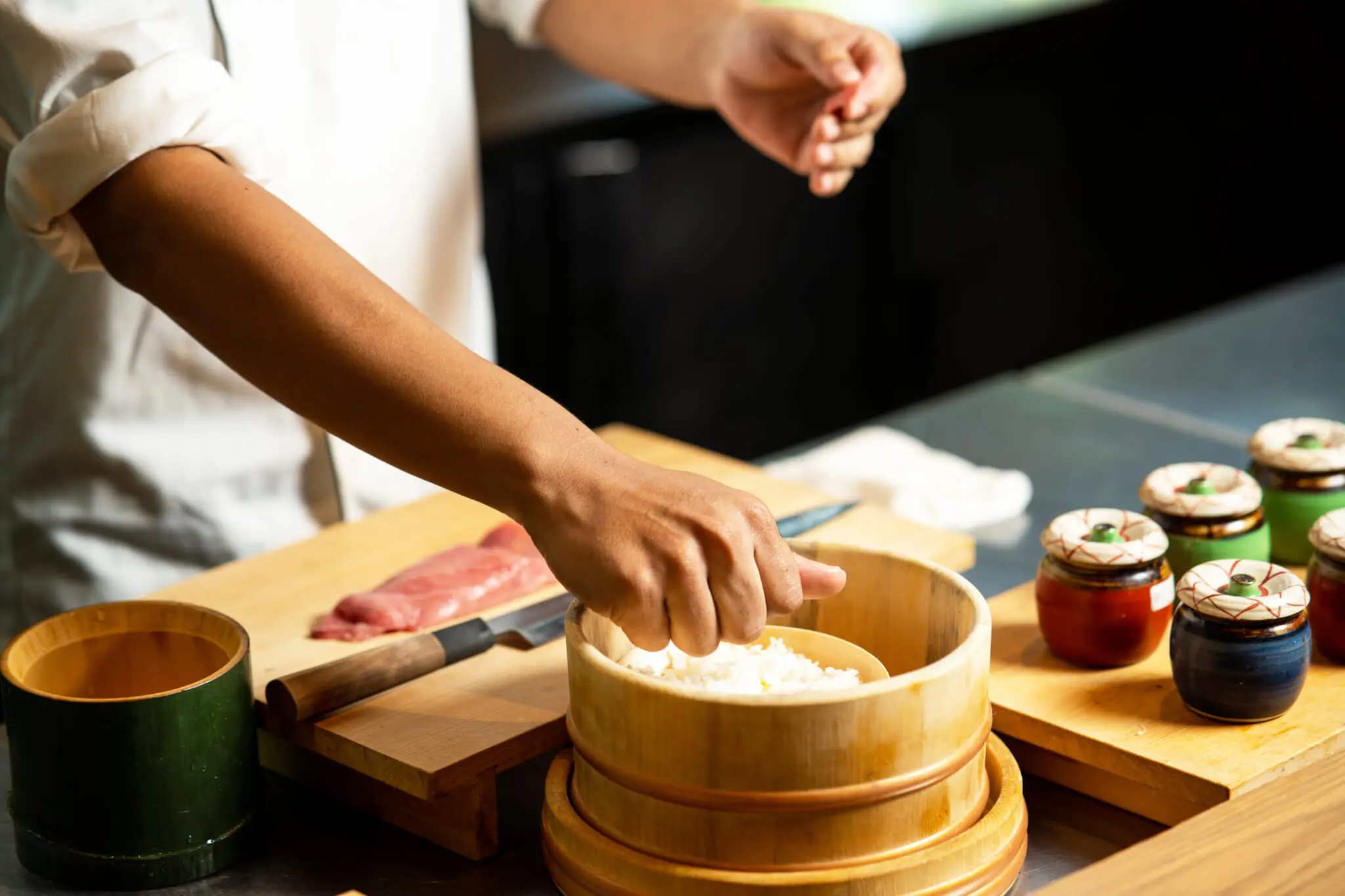
At the Counter
Omakase dining often takes place at a counter where you can watch the chef at work. This intimate setting allows for a closer look at the artistry involved in sushi preparation.
Greeting the Chef and Staff
When you arrive, greet the chef and staff politely. A simple “konnichiwa” (hello) is appreciated and sets a friendly tone for the evening. Acknowledging the team shows respect for their craft.
Using Chopsticks and Hands
While chopsticks are typically used to eat sushi, don’t hesitate to use your hands for nigiri. It’s perfectly acceptable to pick up pieces of sushi with your fingers, especially if you want to feel more connected to the food. If you’re unsure about how to handle your utensils, observing fellow diners can provide guidance. If you’re not particularly confident about your chopsticks skills, it may be good to practice ahead of time in order to completely focus on the food.
Soy Sauce and Wasabi: Proper Usage
Traditionally, sushi is seasoned with wasabi and soy sauce. For nigiri, the chef often brushes soy sauce on the fish, so avoid dipping it directly into the soy sauce unless instructed. Use wasabi sparingly; a little goes a long way. The chef may also serve salt, shiso leaves or other condiments to pair with the sushi. If you’re unsure, ask the chef for guidance on how to enjoy the flavors without overpowering them.
Ginger: A Palate Cleanser
Ginger serves as a palate cleanser between different types of sushi. It’s not meant to be eaten with sushi but rather consumed in between bites to refresh your taste buds. Enjoy it in moderation to fully appreciate the unique flavors of each piece. If you run out of ginger, you can always ask for more.
Conversation and Phone Etiquette
Maintain a respectful volume while conversing, as this enhances the experience for everyone at the counter. Avoid using your phone to take calls; instead, reserve your phone for quick pictures of particularly stunning dishes. Remember, the focus should be on the food and the company.
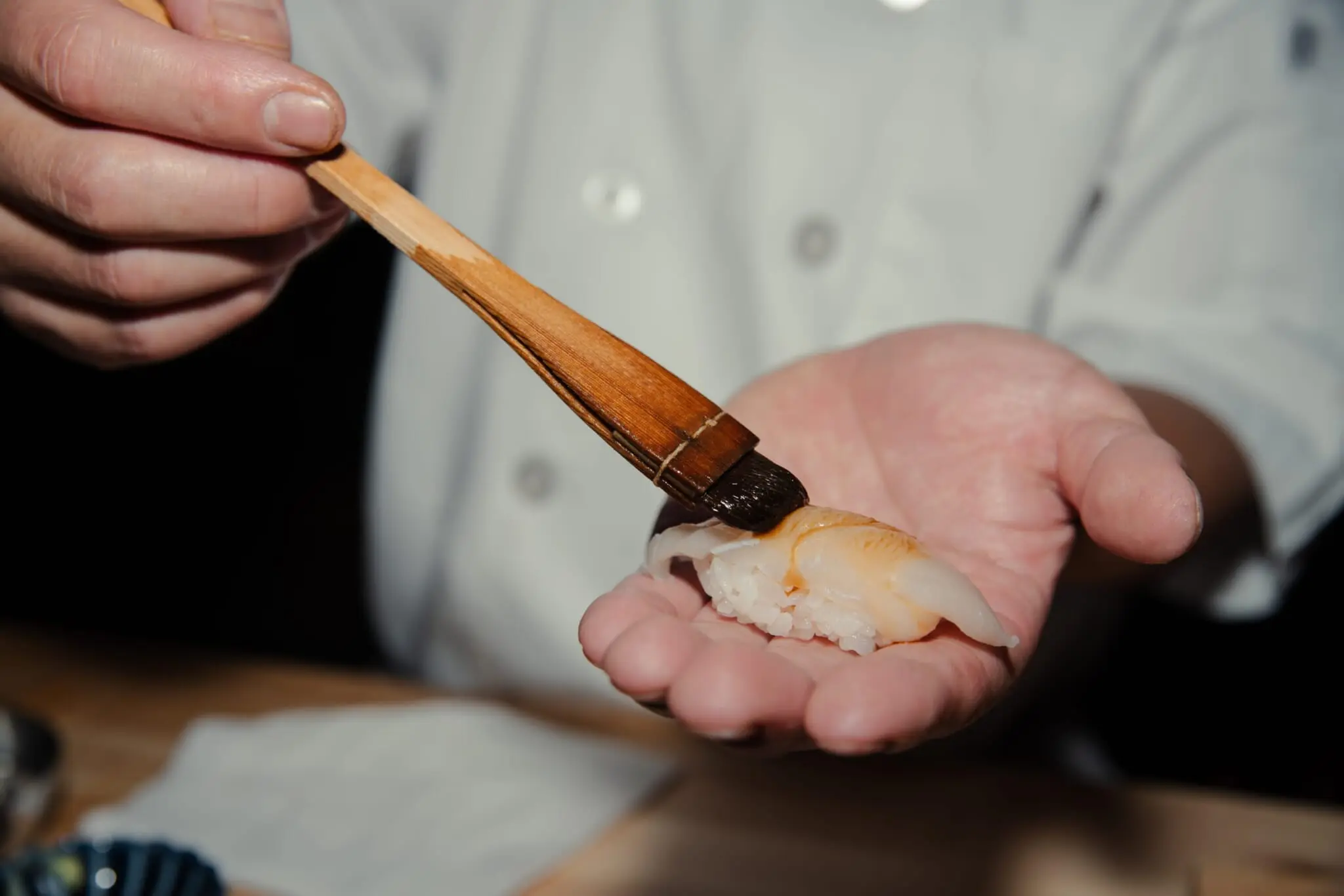
Enjoying the Experience
Omakase is more than just a meal; it’s a journey through the chef’s creative vision.
Eating Sushi Correctly: One Bite, Fish-Side Down
When enjoying nigiri, the traditional approach is to take one bite, placing the fish-side down on your tongue. This technique allows you to fully savor the flavors of the fish before the rice. It also helps maintain the structure of the sushi.
Pacing Yourself: Follow the Chef’s Lead
The pacing of an omakase meal is usually determined by the chef. Trust their rhythm and enjoy each dish as it arrives. If you’re feeling full, it’s acceptable to let the chef know. They often appreciate feedback and will adjust the pacing accordingly, or make the quantity of rice smaller.
Appreciating the Ingredients and Technique
Take a moment to appreciate the quality of the ingredients and the technique behind each dish. Engage with the chef when possible; ask about the sourcing of the fish or the preparation methods. This not only enhances your understanding but also deepens your appreciation for the artistry involved.
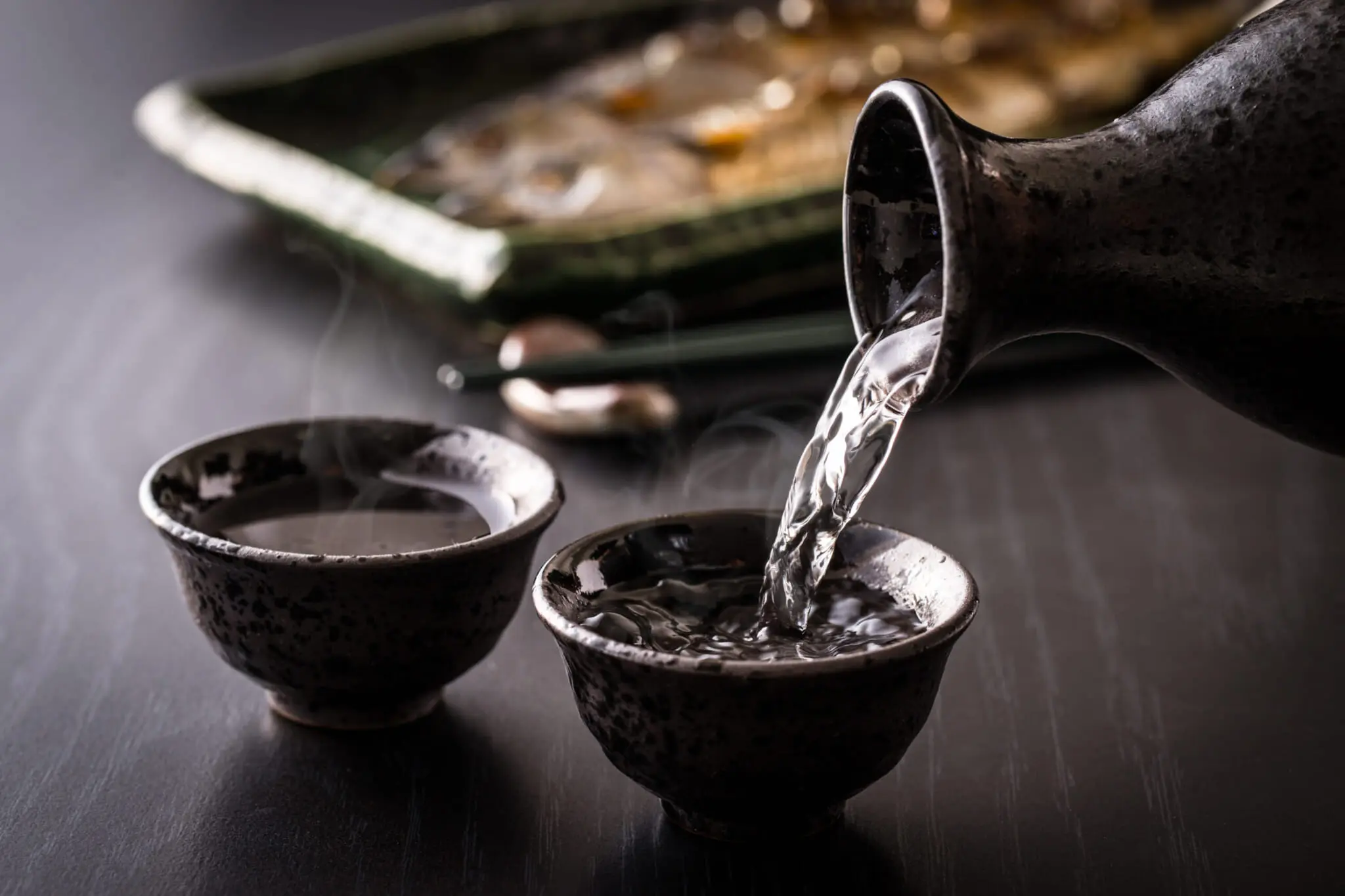
Beyond the Basics
To fully immerse yourself in the omakase experience, consider some additional elements.
Sake Pairings: Enhancing the Omakase Experience
Sake can beautifully complement the flavors of sushi. Don’t hesitate to ask the chef for recommendations on sake pairings that enhance the meal. A well-chosen sake can elevate your dining experience, accentuating the subtleties of the dishes.
Photography Etiquette: Capturing the Moment
While capturing the beauty of your meal is tempting, be mindful of your surroundings. Take photos discreetly and avoid using flash, which can disrupt the ambiance. Remember, it’s more important to savor the moment rather than to document it.
Tipping and Gratitude
In Japan, tipping is often unnecessary. Regardless of tipping practices, always express gratitude for the meal. A simple “Arigato gozaimasu” (thank you very much) goes a long way.
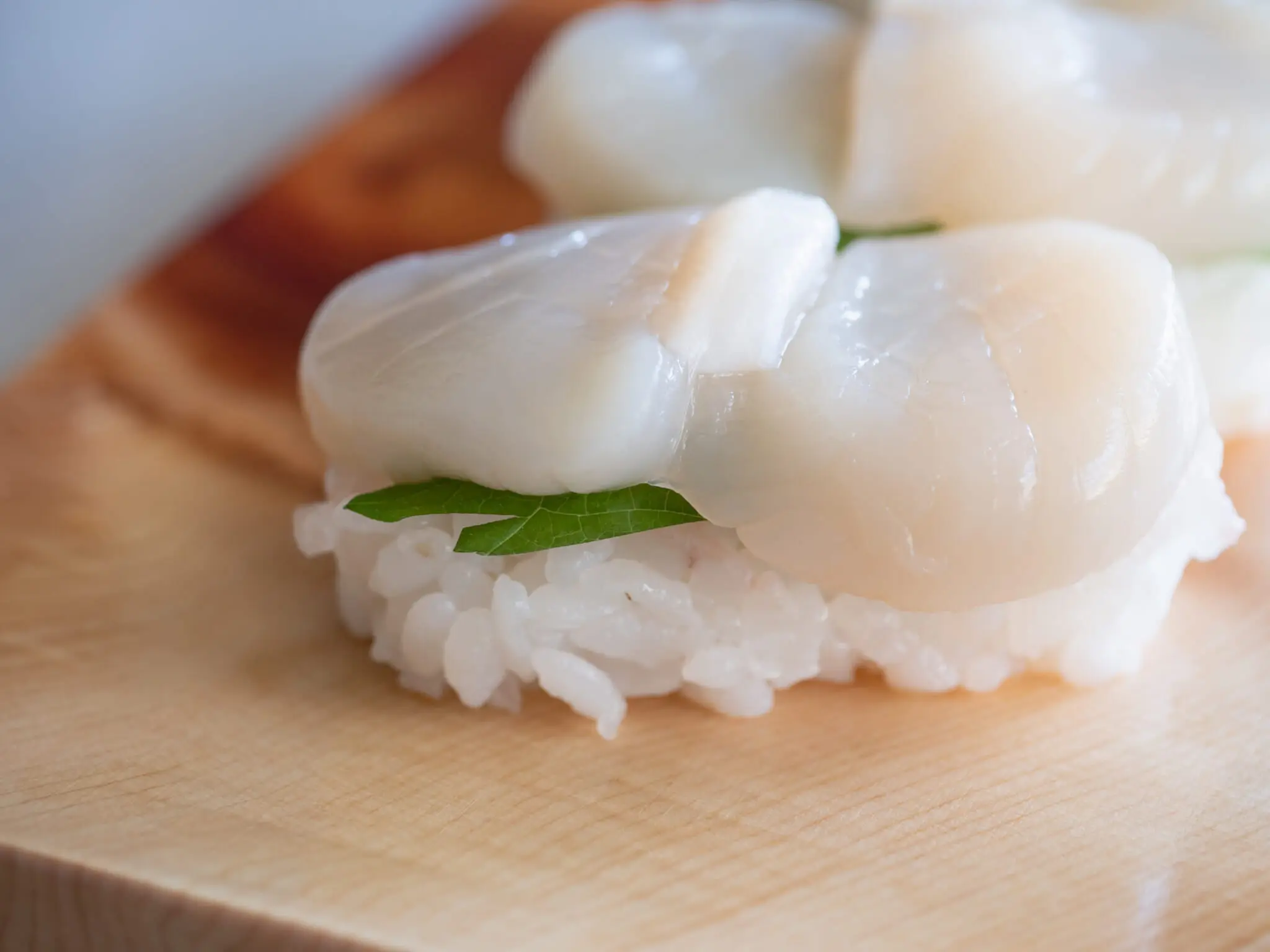
Omakase in Tokyo
Budget-Friendly Options
There are numerous budget-friendly omakase restaurants offering incredible experiences without breaking the bank. Look for local gems that may not be as widely known but deliver high-quality sushi.
Tsukiji Sushidai is a great option for a casual omakase experience. In Tsukiji, the restaurant serves the freshest catch for a reasonable price.
Sushi Nagomi in Shiodome has a great price, especially for its lunch course.
Taka Zushi in Ikebukuro is a restaurant run by a husband and wife in the quaint street of Azuma dori. The chef serves each nigiri individually for an affordable price, especially during lunch time.
Mid-Range Omakase Experiences
Mid-range restaurants provide a balanced experience, with skilled chefs and a comfortable atmosphere. These spots often allow for creativity while maintaining a focus on traditional techniques.
Sushi Ginza Onodera is a chain sushi restaurant that has spread its reach globally. Onodera is known for being approachable for foreigners, and has a range of more classic, fancy stores in Ginza to a more casual sushi experience in Shibuya.
Sushi Yoshikawa has restaurants in Ebisu and Azabu Juban, and serves fantastic sushi in a wonderful ambiance. They also have all-you-can-drink options with the meal under ¥20,000.
Luxury Omakase Restaurants
For a truly memorable experience, indulge in one of Tokyo’s luxury omakase restaurants. These establishments often feature top-tier ingredients and highly acclaimed chefs, creating an unforgettable dining experience that showcases the pinnacle of sushi craftsmanship.
Sushi Yonshin uses innovative preparation techniques and has a gorgeous ambiance, but it isn’t super difficult to get a reservation, unlike other higher-end sushi restaurants.
Sushi Tokyo Yoshida values high-quality ingredients and the tradition of Edo-style sushi craftsmanship.

